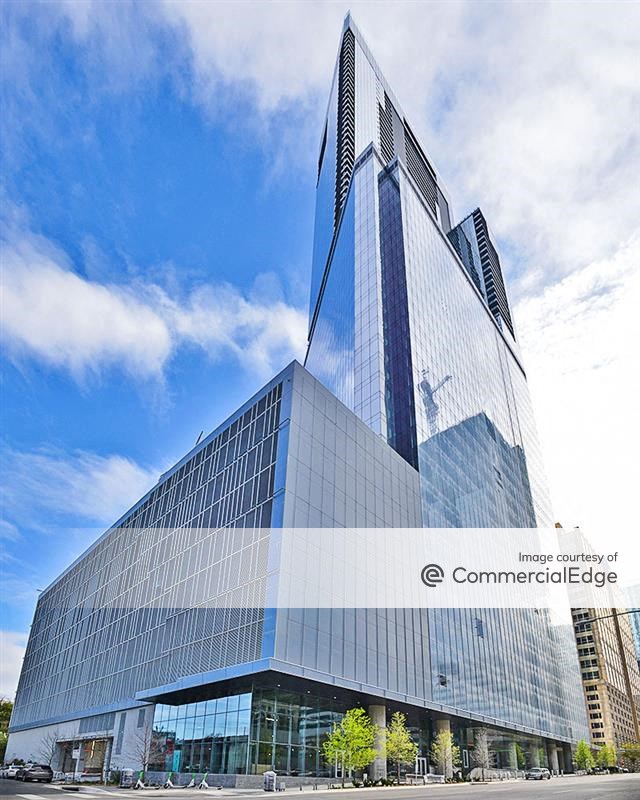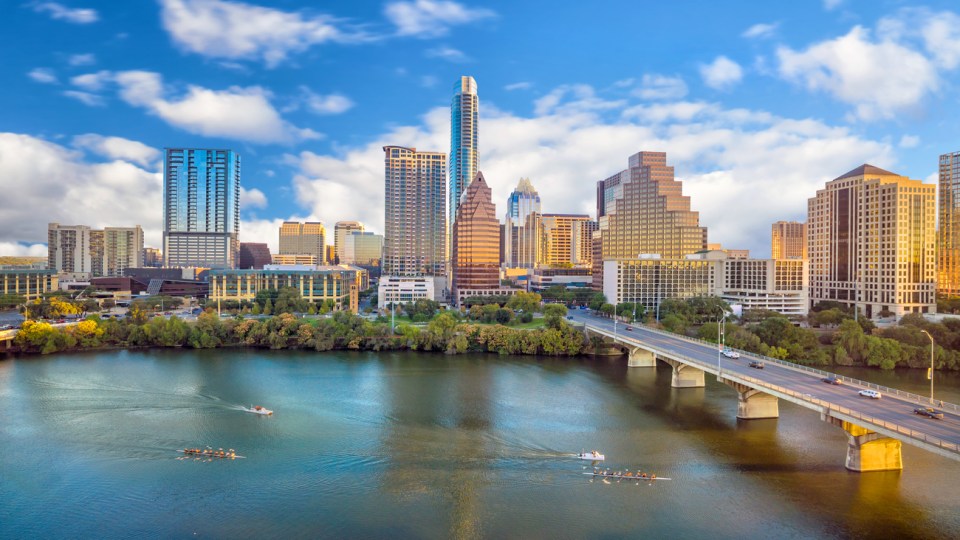Austin Office Vacancy Hits 28.9%; Development Pipeline Leads Major Markets by Inventory Share
Austin, Texas, continues to stand out among major U.S. office markets for both its elevated vacancy rate and the scale of its development pipeline.
At the end of April, vacancy hit 28.9%, second only to San Francisco and up 650 basis points year-over-year — the sharpest rise among large metros, according to the latest CommercialEdge Office Report. The increase follows several years of heavy construction, much of it launched just as a national development slowdown was taking hold. At the time, Austin remained a magnet for new Class A product, supported by some of the highest office usage rates in the country.
Since 2020, developers have delivered about 14 million square feet of new office space — equal to 12.3% of total inventory. But, the pace has since cooled: Just 1.3 million square feet has broken ground since early 2023, as compared to 8.8 million between 2020 and 2022.
Even so, Austin maintains one of the most active pipelines in the country: More than 3.2 million square feet is under construction to rank third nationally. That accounts for 3.4% of local inventory — the highest share among major markets. Another 10.6% of inventory sits in the planned stage.
Notably, two of the largest projects underway — The Republic and Waterline — broke ground in 2022. The Republic, a 48-story downtown office tower, is expected to deliver later this year with 833,000 square feet. As of late 2024, it was roughly half leased. In May, anchor tenant Vista Equity listed about 40% of its 200,750-square-foot lease for sublease — an early sign that it may scale back ahead of move-in.
Meanwhile, Waterline — a 74-story, mixed-use tower in the Rainey Street District — is scheduled to open in 2026. Developed by Lincoln Property Company and Kairoi Residential, it includes around 700,000 square feet of office and will be the tallest tower in Texas. After breaking ground in late 2022 amid growing economic uncertainty, Kairoi CEO, Michael Lynd Jr., pointed to long-term fundamentals — population growth, workforce depth and a strong business climate — despite near-term volatility.
“Downturns and values are points in time,” he told the Austin American-Statesman. “It’s easy to lose sight of what makes Austin one of the best markets in the country.”
Since then, San Antonio-based Kairoi has remained active. It recently delivered Sixth and Guadalupe (again with Lincoln Property), which currently stands as Austin’s tallest building. The firm is also planning a 66-story tower at 701 W. Sixth St.

That long-term confidence continues to shape parts of the market, even as vacancy climbs. Leasing remains selective, with tenants targeting newer buildings and upgraded space. At 100 Congress, Carr Properties signed new leases after spec suite buildouts and common-area renovations in the 40-year-old downtown tower.
Job growth adds further context. As of early 2025, Austin was one of just seven major U.S. metros to post year-over-year gains across all office-using sectors. Financial activities employment rose 0.78%, while professional and business services grew 0.76%. The information sector declined 0.69%, continuing a tech-led contraction seen in other major tech hubs.
For more analysis on Austin and other major U.S. office markets, see the full CommercialEdge report.

